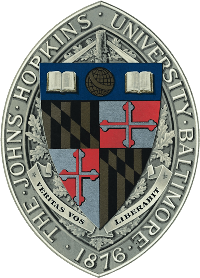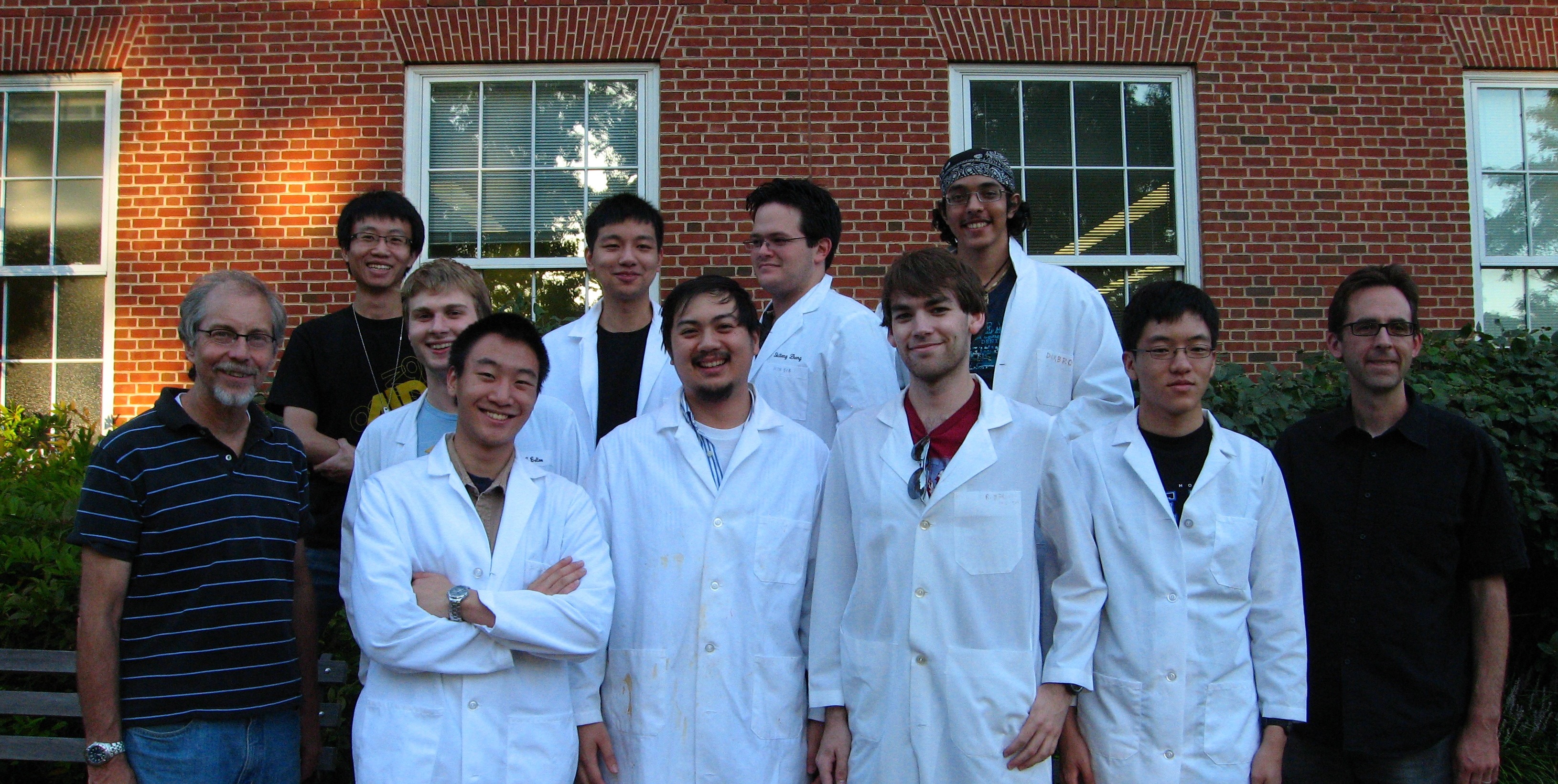Team:Johns Hopkins
From 2010.igem.org
Arjunkhakhar (Talk | contribs) |
|||
| Line 70: | Line 70: | ||
*We have characterized two full voltage-activated promoters for yeast. | *We have characterized two full voltage-activated promoters for yeast. | ||
*We have developed a model to describe the transcriptional response to voltage of our system. | *We have developed a model to describe the transcriptional response to voltage of our system. | ||
| - | *We | + | *We have successfully leveraged post-translational modification machinery, namely phosphorylation of Crz1 by calcineurin, to initiate a transcriptional response. |
| - | + | *We fabricated a highly accurate microfluidic electro-stimulation setup using gold electrodes on a silicone wafer and are currently in the process of refining the fabrication technique. | |
| - | *We fabricated a highly accurate microfluidic electro stimulation setup using gold electrodes on a silicone wafer and are currently in the process of | + | |
|} | |} | ||
[[Image:IGEM_Team_Photo.jpg|650px|center|thumb| JHU iGEM 2010]] | [[Image:IGEM_Team_Photo.jpg|650px|center|thumb| JHU iGEM 2010]] | ||
Revision as of 01:44, 27 October 2010
|
Genetically engineered Saccharomyces cerevisiae that is responsive to voltage signals at a transcriptional level. We have hijacked the calcium shock, calcineurin-CRZ1, pathway in yeast and encoded a reporter. In doing so we have characterized the voltage dependency of the CRZ1 binding site (CDRE) and so taken the first step in creating a interface between cellular systems and computers by allowing cells to respond to the language of computers, voltage signals. Possible applications:
|
|
Team: We are a team of 9 undergraduate students deeply interested in synthetic biology. We hail from a variety of disciplines including, chemistry, biology and engineering. We’re a fresh new team with varying levels of experience united by our passion for science. |
|
Our Accomplishments
|
 "
"


